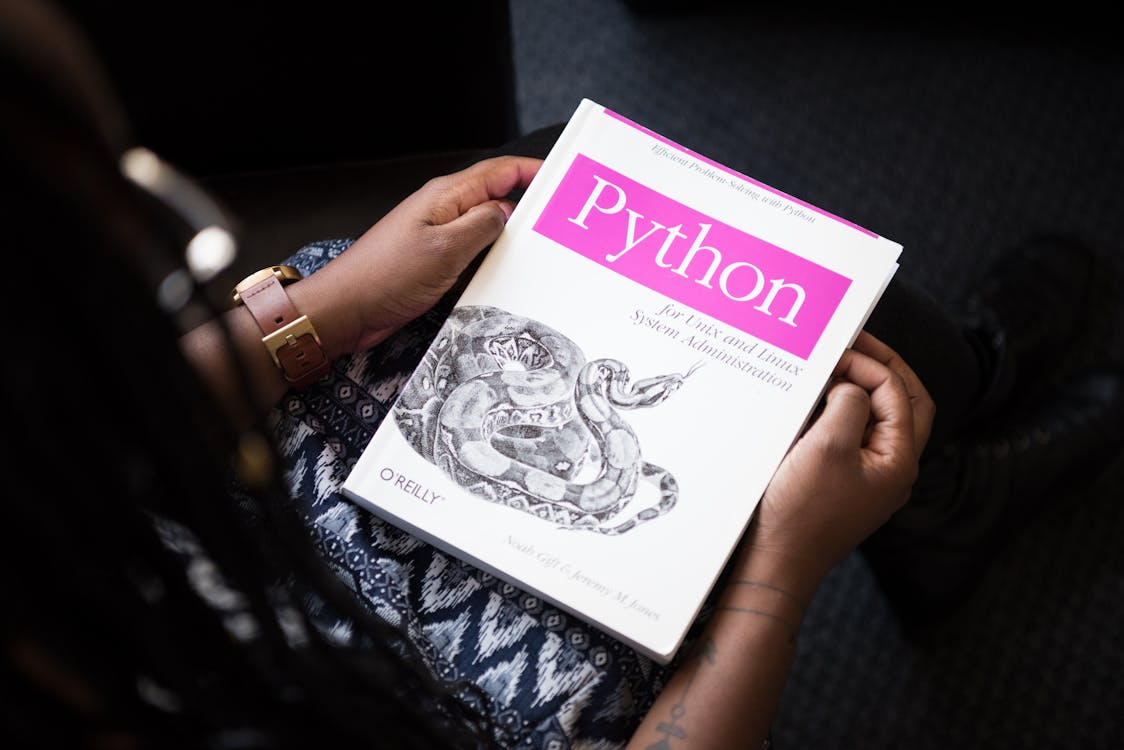Understanding Algorithmic Trading In C++
Author: ChatGPT
February 28, 2023
Introduction
Algorithmic trading is a form of automated trading that uses computer algorithms to determine when to buy and sell stocks, commodities, and other financial instruments. It is a type of high-frequency trading (HFT) that uses complex mathematical models and sophisticated software programs to analyze market data and make decisions in real-time. Algorithmic trading has become increasingly popular in recent years due to its ability to execute trades quickly and accurately.

C++ is a powerful programming language that is widely used for developing algorithmic trading systems. It has a wide range of features that make it well-suited for this purpose, including its speed, flexibility, scalability, and object-oriented design. C++ also offers a wide range of libraries and frameworks that can be used to develop algorithmic trading systems. In this article, we will discuss the basics of algorithmic trading in C++ and how it can be used to create profitable strategies.
Advantages of Algorithmic Trading in C++
Algorithmic trading in C++ offers several advantages over manual or traditional methods of stock market analysis. The most significant benefit is the speed at which trades can be executed. Algorithms are able to analyze large amounts of data quickly and accurately, allowing traders to make decisions faster than ever before. This means that traders can take advantage of short-term price movements more effectively than with manual methods.

Another advantage of algorithmic trading in C++ is its scalability. Algorithms can be easily scaled up or down depending on the size of the portfolio being managed or the amount of capital available for investment. This makes it easier for traders to adjust their strategies as market conditions change without having to manually adjust their positions every time there is a shift in the market.
Finally, algorithmic trading in C++ allows traders to backtest their strategies before they go live with them. This means that they can test out different strategies on historical data before committing any real money into them, allowing them to refine their strategies until they are confident enough with them before risking any capital on them.
Creating an Algorithmic Trading System Using C++
Creating an algorithmic trading system using C++ requires knowledge of both programming languages as well as financial markets and instruments. The first step is to decide which type of algorithm you want your system to use – whether it’s a trend following algorithm or one based on technical indicators such as moving averages or Bollinger Bands – as well as which markets you want your system to trade on (e.g., stocks, futures, options). Once you have decided on these parameters, you will need to write code that implements your chosen algorithm using the appropriate libraries and frameworks available for C++ development (e.g., Boost).
Once your code has been written, you will need to backtest it against historical data so you can see how it would have performed under different market conditions over time (this process is known as “backtesting”). If your backtesting results are satisfactory then you can move onto live testing where your system will trade with real money (this process is known as “paper trading”). Once you are satisfied with the performance of your system during paper trading then you can move onto live execution where your system will start placing orders with real money (this process is known as “live execution”).

Risks Involved With Algorithmic Trading in C++
Although algorithmic trading offers many advantages over manual methods there are also some risks involved with using this type of technology for stock market analysis and execution purposes. One risk involves latency – if there are delays between when an order is placed by an algorithm and when it gets filled then this could lead to losses due to price movements occurring during this period (this risk applies even more so when dealing with high frequency algorithms). Another risk involves slippage – if an order gets filled at a worse price than expected due to large amounts of liquidity being taken out from the market then this could lead to losses too (again this risk applies even more so when dealing with high frequency algorithms). Finally there is always the risk that an algorithm may not perform as expected due either due poor coding or incorrect assumptions about how markets work – if this happens then losses could occur too (although these risks can be mitigated by thorough backtesting prior going live).
In conclusion, algorithmic trading in C++ offers many advantages over manual methods but also carries some risks too which must be taken into consideration before implementing any strategy live with real money at stake

How Long Does It Take To Sell Stock And Get Money?
Discover the answer to one of the most frequently asked questions in the world of finance - learn how long it takes to sell stock and receive your earnings.

What Are High Dividend Stocks?
Discover how investing in high dividend stocks can potentially provide a steady income stream and increase your long-term returns in the stock market.

Are Data Science And Machine Learning The Same?
Data science is a field of study that focuses on extracting insights from large amounts of data. It involves using various techniques such as machine learning, natural language processing, statistics, and data mining to analyze data sets and uncover patterns or trends.

Are Remarkable Tablets Worth It?
Are you looking for a device that can replace your notebooks and printed documents? If so, you may have heard of the reMarkable 2 tablet.
